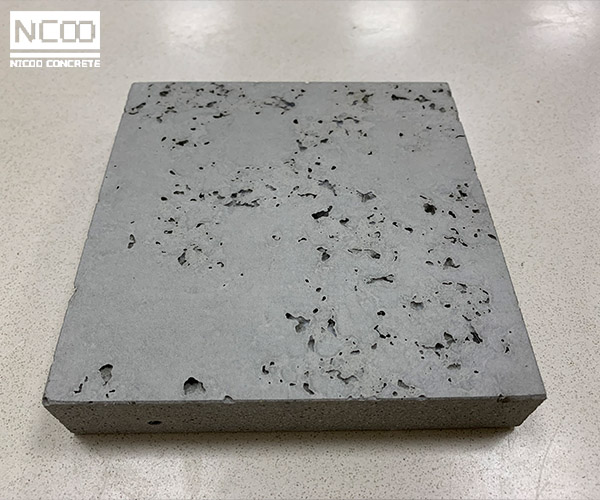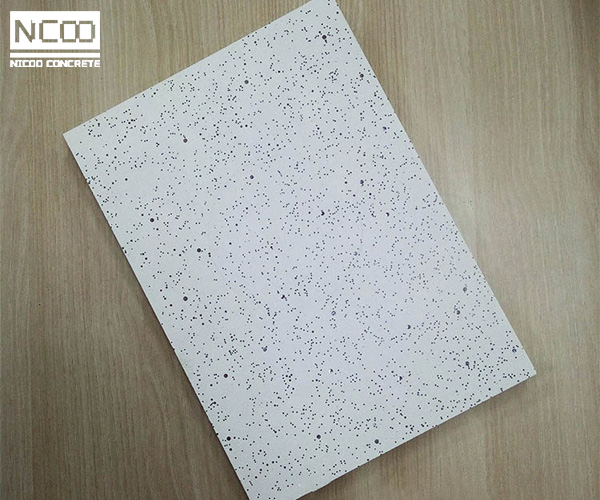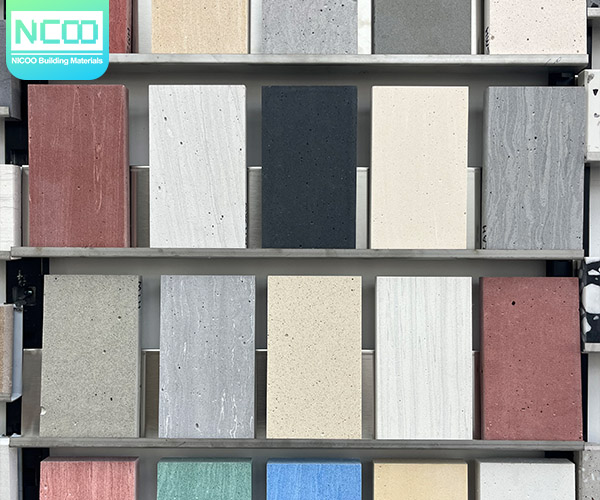Contrast of NICOO Fair-faced Concrete and Ordinary Concrete
As a common building material, concrete has a wide range of applications. In building structures, common concrete types include fair-faced concrete and ordinary concrete. This paper will compare these two types of concrete, explore their differences and application scenarios.
Basic definition
1. Fair faced concrete: Fair faced concrete refers to concrete made by mixing cement, sand, aggregates, and water in a certain proportion without adding any admixtures or additives.
2. Ordinary concrete: Ordinary concrete refers to the addition of admixtures and additives in an appropriate amount based on the requirements of structure and performance, on the basis of cement, sand, aggregates, and water, to adjust the workability and performance of concrete.
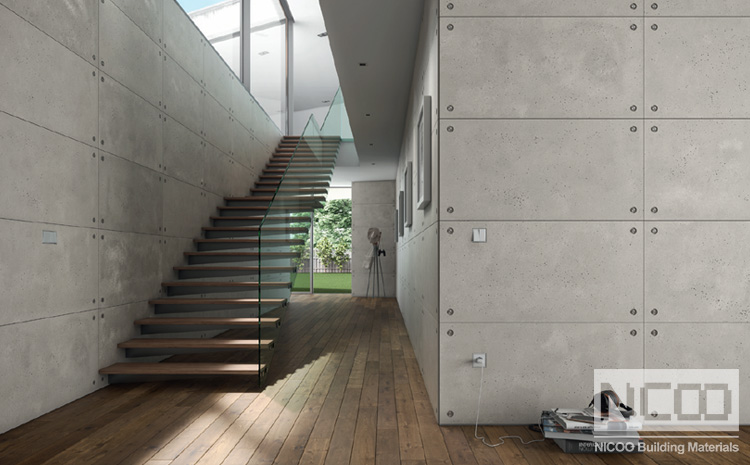
Fair-faced concrete and ordinary concrete are different in the following aspects:
1. Appearance: The surface of clear concrete has no obvious cracks, pits and bubbles, and has a smooth, delicate, uniform and consistent color, while the surface of ordinary concrete usually has a certain degree of cracks and roughness.
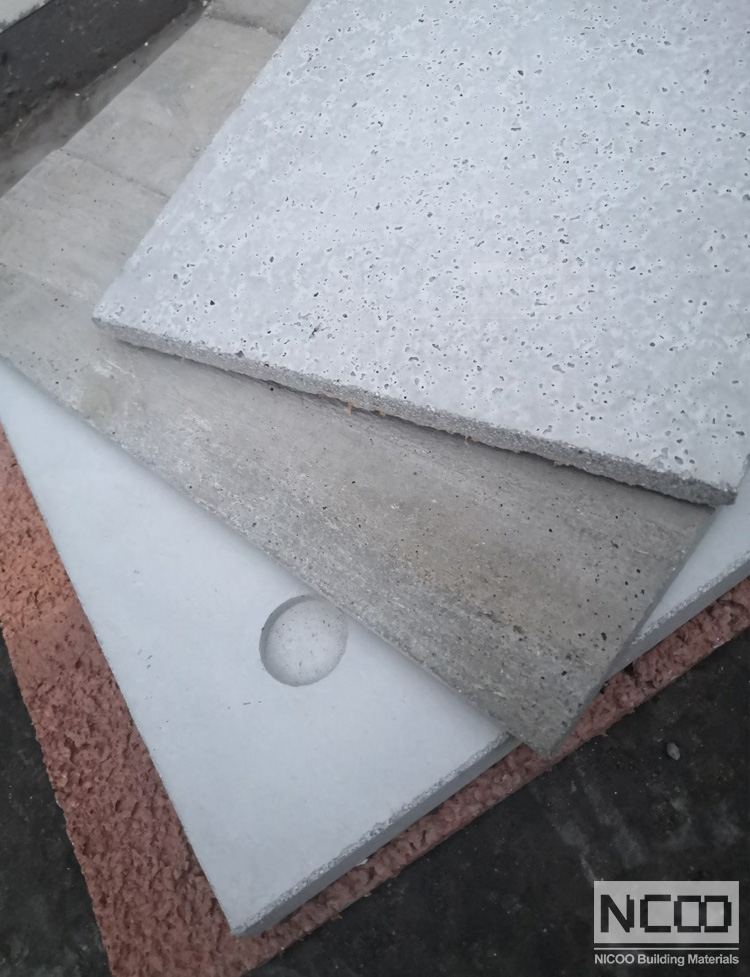
2. Strength: Exposed concrete has higher strength than ordinary concrete and can withstand greater pressure and weight.
3. Cost: Due to different production processes, the cost of exposed concrete is relatively high. Compared to ordinary concrete, plain concrete has a higher cost, requires complex raw materials and construction processes. Therefore, in some projects that require high strength, ordinary concrete has economic advantages. For projects that require high strength and durability, the use of plain concrete can ensure the stability and longevity of the project.
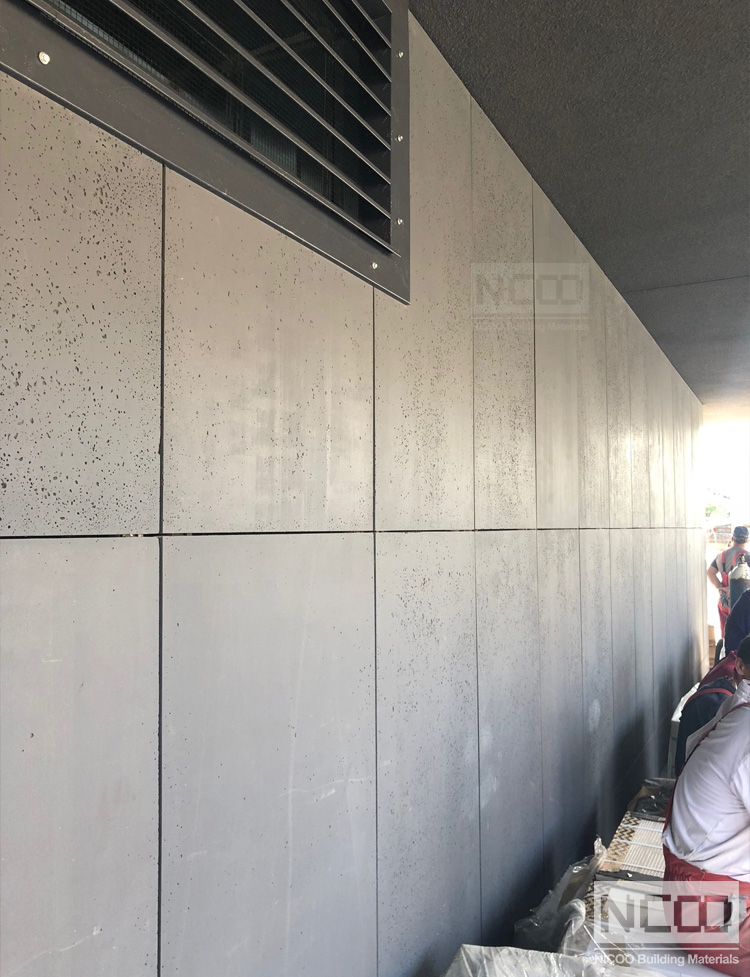
4. Construction difficulty: The construction of exposed concrete is more difficult and requires a higher level of technology and experience, while the construction of ordinary concrete is relatively simple and easier to operate.
5. Scope of application: Exposed concrete is often used in high-grade architecture, decorative engineering and landscape design, while ordinary concrete is more widely used, suitable for a variety of construction and engineering projects.
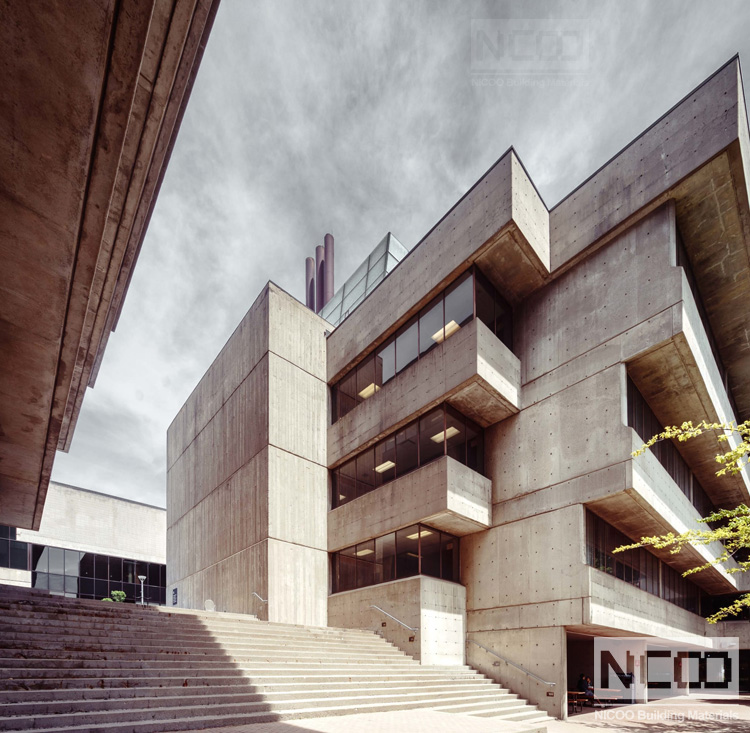
Both fair-faced concrete and ordinary concrete have their own characteristics and are suitable for different engineering scenarios. When choosing the concrete type, the requirements, costs and life expectancy of the project should be comprehensively considered to ensure the quality and economic benefits of the project.
Combination of Terrazzo and Glass Aggregate
The reason why terrazzo is bright as a mirror and crystal clear is mainly because terrazzo forms a glass film on the surface after mechanical processing, which not only has a mirror luster, but also can transparently show the inner structural level of the stone, that is, the pattern pattern that people observe, and the bright beauty is here.
MCM Tile Manufacturer Teach You To Identify The Quality
The MCM tile (soft tile) of various manufacturers will also have different differences, how to choose good quality flexible ceramic tiles is the key.
Terrazzo Two Common Aggregates Introduction
When choosing inorganic terrazzo as the floor material, the selection of aggregate is particularly important. The selection of aggregates suitable for the project is beneficial to the whole project, and even the selection of aggregates will determine the quality of inorganic terrazzo flooring. In this article, we provide various aggregates for reference, and hope to help you!
Artificial Traverstone Exterior Wall Case, Designers Look Over!!
Traverstone, a kind of natural stone, with its unique texture and beauty, shows a different charm on the exterior wall of the building.



